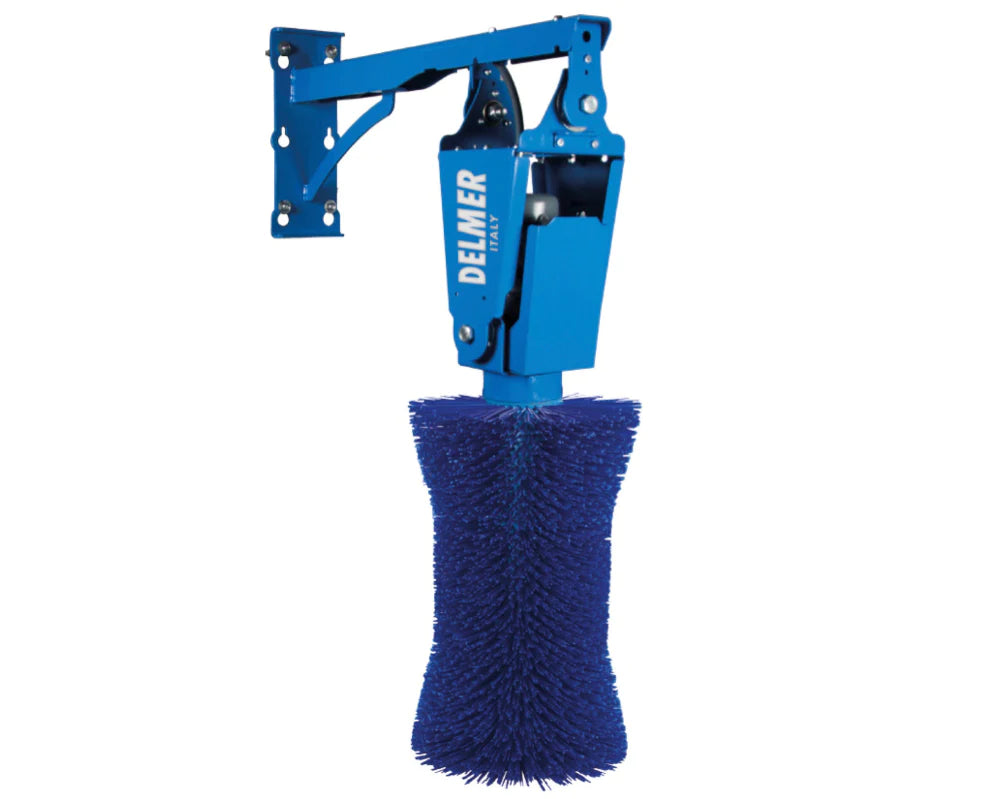OUR VISION
"To evolve as premium technology, quality, and service providers among our industries."
We are aware that the calibre of any product offered is essential. Every item a buyer purchases has enormous value to them. Therefore, accuracy and quality are worth every dollar the buyer spends. When it comes to the Delmer Group, there is no room for compromise. This is what motivates our team, and every product reflects it. We know that "Ideal" is the only choice you must make, and we provide what's ideal for you.
OUR MISSION
"Creating value for our clients by introducing cutting-edge, high-quality goods and services at a manageable cost."
At Delmer Group, we prioritize quality and reliability when fulfilling our commitments. We all work together with the same objective of providing our clients with technologically advanced products and solutions.
A Step Towards the Right Direction!
The Delmer Group has received widespread recognition on a global scale for more than 20 years thanks to its diverse weighing innovations in weighing and jewelry manufacturing equipment. We deliver unconventional technologies to fit every budget because we are passionate about this field. In our cutting-edge production facility in Vadodara, Gujarat, we concentrate on electronics and the mechanics of building a machine in partnership with titans in the USA and Europe. We firmly believe in providing our loyal customers with products of the highest caliber and most exceptional grade.
EXECUTIVE BOARD
WHAT DRIVES US
The Delmer Group is a well-known and reputable brand in the e-Weighing (weighing scales) industry, serving a wide range of enterprises, including weighing technology and jewelry-making machinery. We are one of the most reputable names in this rapidly growing business thanks to our solid foundation in machine manufacturing's electronics and mechanics and our strong relationships with numerous technology partners from Europe and the USA, both large and small.
At Delmer, we're committed to offering cutting-edge, high-end technology solutions at competitive prices. Since 1987, our motivation has been fueled by our knowledge of the market's requirements and our zeal for ongoing innovation. With our cutting-edge manufacturing facility in Baroda (Gujarat, India), we can better serve and meet the needs of our loyal and trusting customers. We constantly strive to not only meet but also exceed customer expectations. After all, faith is earned, not acquired.
PEOPLE
The individuals responsible for defining and carrying out the vision define any organization. The same is true of Delmer. Our people represent our vision and ideas, and we are our people. We are our commitment to excellence, our interactions with consumers, and our use of technology, and we are Delmer.
We accomplish harmony in vision and soul by placing a strong emphasis on hiring creative and like-minded people. Everyone works toward the same goal of providing you, the customer, with the value you deserve. Because of this focus and clarity, it is simple for us to fulfill our commitments, which enables the customer to receive specialized products and services. Our employees adopt a customer-oriented perspective to ensure that our goods and services are relevant and beneficial to the final consumer.
MR. VIRAL PARIKH (FOUNDER)
After graduating in commerce from MSU, Baroda, and completing management study in the U.S., Mr. Parikh founded Delmer in 1987 on the principles of constant innovation and excellence. He set our vision on the need for perfection and the creation of value for our customers.
He was instrumental in bringing the best weighing technology from abroad and introducing it to the Indian market. Having global partners and expertise in products that are now manufactured in India, Mr. Parikh has been an exemplar of the perfection we demand from ourselves.
Message from the founder:
With over 35 years of experience in international business, sales, market development, and business development, I am a seasoned consultant and mentor for businesses and entrepreneurs. I have successfully owned and operated companies in Italy, India, USA, Kenya, Uganda, and UAE giving me a unique perspective on the global market.
Additionally, I can provide specialized services in the precious metals, weights and balances, and dairy farming industries because of my rich background, knowledge, and experience from my own businesses.
I offer a range of services, including consultancy, mentoring and collaboration opportunities, and I am always open to exploring new ways to help businesses and entrepreneurs thrive.
Connect with me to learn more about how I can help you take your business to the next level.
https://www.linkedin.com/in/viralnp













































